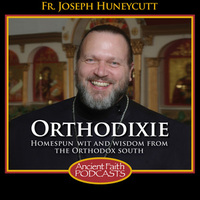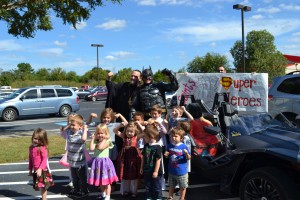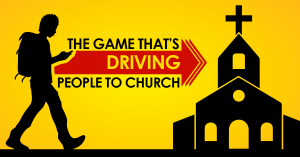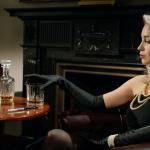 Someday, should the Lord tarry and faith continue to wane, archeologists will discover ruins of churches, holy objects, hardware, cloths and chalices — and exclaim: “What a weird people! They consumed what appears to be wine, bread and a certain measure of pig fat and whale blubber.”
Someday, should the Lord tarry and faith continue to wane, archeologists will discover ruins of churches, holy objects, hardware, cloths and chalices — and exclaim: “What a weird people! They consumed what appears to be wine, bread and a certain measure of pig fat and whale blubber.”
I’m paraphrasing, but something like this was said to me by a Russian Orthodox Protodeacon as he attempted to cleanse the spoon and chalice of lipstick.
Similar thoughts come to mind, I can’t explain why, as I read the following piece (swiped from the Writer’s Almanac).
Before we get to that, however, a question:
Are there any Old Calendar Halloween revelers? I mean, where are the traditionalist pagans on this? Since the Pope later changed the calendar, wouldn’t you think the true Halloweeners would celebrate on November 12th? Or, am I missing something?
———
Today is Halloween, one of the oldest holidays in the Western European tradition.
Today, 70 percent of American households will open their doors and offer candy to strangers, most of them children, 50 percent of Americans will take photographs of family or friends in costume, and the nation as a whole will spend more than 6 billion dollars. In terms of dollars spent, it is the second most popular holiday of the year in this country, after Christmas.
For the Celtic people of northeastern Europe, November 1st was New Year’s Day and October 31 was the last night of the year. Celts believed it was the night that spirits, ghosts, faeries, and goblins freely walked the earth. It was Pope Gregory III in the eighth century A.D. who tried to turn Halloween into a Christian holiday. Christians had been celebrating All Saints Day on May 13. Pope Gregory III decided to move the holiday to November 1st, to divert Northern Europeans from celebrating an old pagan ritual. Instead of providing food and drink to the spirits, Christians were encouraged to provide food and drink to the poor. And instead of dressing up like animals and ghosts, Christians were encouraged to dress up like their favorite saints.
In the United States, Puritans tried to outlaw Halloween, in part because of its association with Catholicism. So it was the Irish Catholics who brought Halloween to this country, when they immigrated here in great numbers after the potato famine in the 1840s. By the late 1800s, Victorian women’s magazines began to offer suggestions for celebrating Halloween in wholesome ways, with barn dancing and apple bobbing. And by the early 20th century, it became a holiday for children more than adults. In 1920, The Ladies’ Home Journal made the first known reference to children going door to door for candy, and by the 1950s it was a universal practice in this country. By the end of the 20th century, 92 percent of America’s children were trick-or-treating.
Halloween no longer has any real connection to the festival it came from. Unlike most major holidays in this country, it is not a religious holiday, it does not celebrate an event in our nation’s past, it does not involve traveling to visit family, it doesn’t even give us a day off work. But it gives us the chance to try out other identities. For one day, people can feel free to dress as the opposite gender, as criminals, as superheroes, celebrities, animals, or even inanimate objects.










